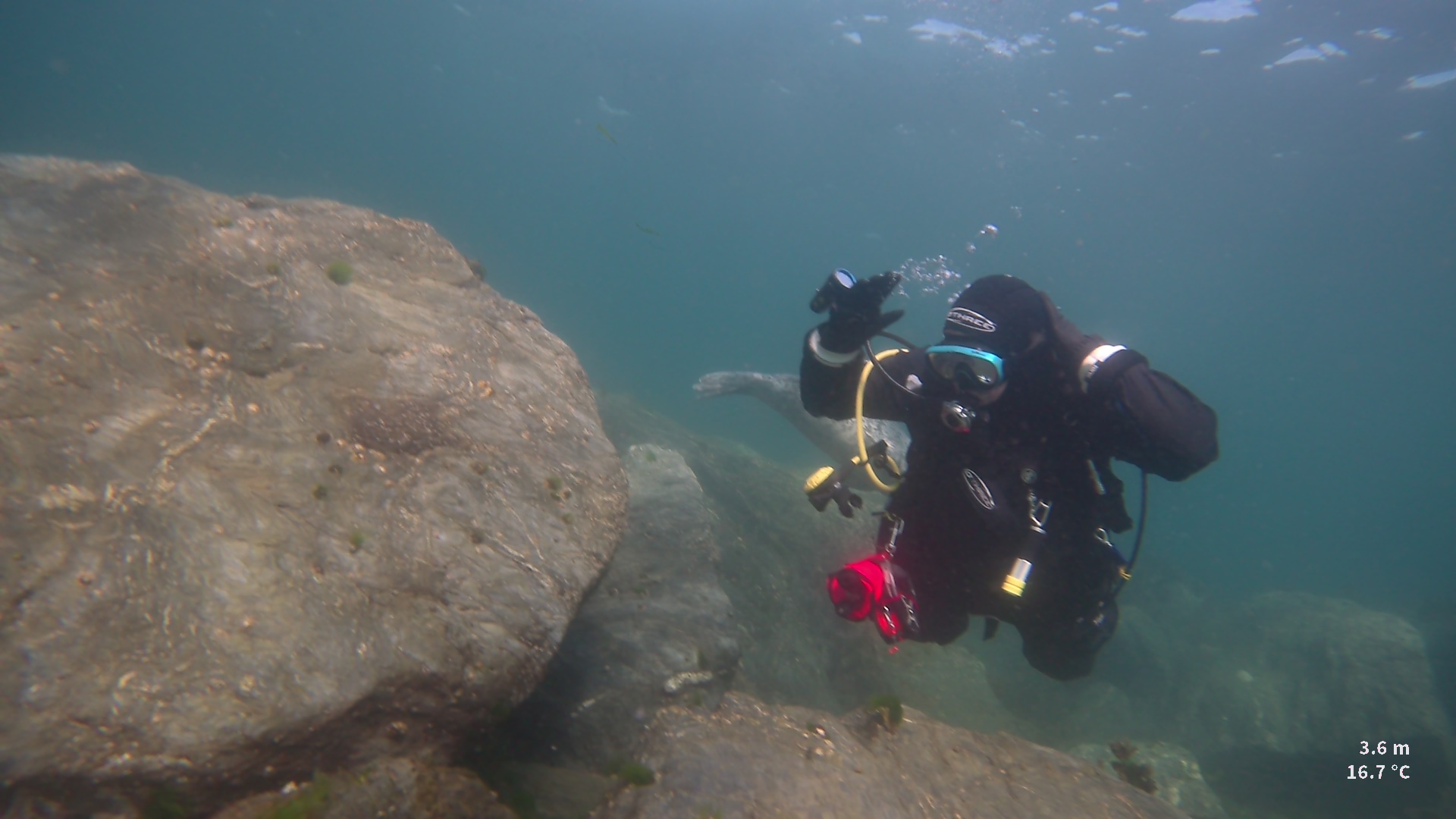After a quick trip across the Gosport Ferry to Gunwharf Quay - the foundations of which was set up as an Ordnance Yard in 1706 - we landed only a few hundred metres from the entrance to the Historic Dockyard. After paying our dues and being given an annual ticket, the three of us were enticed by the prospect of the Harbour Tour, which would commence at 11:00AM. With 45 minutes to kill, we swiftly toured Boathouse 4, which is alongside the jetty to where our tour would begin. Built in 1939 in response to the need for a rapid rearmament programme prior to the start of World War II. This vast building, incorporating its own dock, housed the historic boat collection of the Royal Navy Museum, as well as other private and trust-owned vessels. These were in various states of repair and restoration. After leaving Boathouse 4 and walking up the esplanade, we were met with the sight of Horatio Nelson's flagship, HMS Victory, the world's oldest serving naval vessel. The sight of her was overshadowed by the immense size and sound of the two brand new, colossal Queen Elizabeth-class aircraft carriers; HMS Queen Elizabeth and HMS Prince of Wales. In front was berthed the smaller monitor gunboat, HMS M.33, which had seen action in the Dardanelles Campaign and action off Galipoli in 1915. By now, time was encroaching, and we were in danger of missing the harbour tour. A quick step-two, and we were at the jetty, and boarded what was a fairly full boat. A lovely bar down below, but we wanted the sights, sounds and smell of Portsmouth Harbour, so we all elected to ascend to the top dock. A nice spot out of the rain and wind was right behind the bridge. After departing and cruising past the two aircraft carriers, both of which flanked by three MoD Police vessels, the captain took us on a tour of the historical harbour installations and the various vessels along our route. We passed HMS Dragon, fresh in from her deployment abroad in the Middle East, and two of the new River-class patrol vessels. The next vessel was one of the larger Geest Line 'banana boats', to which through Portsmouth over 70% of the UK's bananas come. By now the rain had picked up, and other passengers were starting to wilt and become weary in the conditions. Thankfully we were out of the wind and rain, and could soak in the views of HMS Bristol, a now destroyer-turned-hulk used for accommodation at the local Royal Naval institute. The tour took us round the Gosport side of the harbour, taking in the views of HMS Dolphin, the Submarine Underwater Escape Tower and a small glimpse of Haslar. After we arrived back safely on terra firma, a quick stop in the site's well-known high-street coffee shop courtesy of John ("Not a real Costa", according to John) was made before we walked up to the National Museum of the Royal Navy's entrance, about 200 metres up from us. The exhibits were fascinating as were the dioramas and the large cannons on display. We did manage to find only one diver, though! After a trip round the Navy's museum, and as neither of us had been on HMS Warrior before, that was our next stop. The decks were very wet, but going on a Sunday at the start of January, we had the vessel to ourselves bar a few visitors here and there. Warrior was constructed in 1860 and was Britain's first iron-hulled, armoured battleship. Sadly, a decade after being built, technology had advanced so far, she was rendered obsolete. After numerous tours as a 'third class' ship, she would spend many decades as a fuel jetty before, in 1979 , she was earmarked for preservation by The Maritime Trust. The restoration would take 8 years to completely return her to her 1862 layout condition, and even today she is still having sections restored. Departing Warrior, we headed straight to visit the famous Mary Rose. King Henry VIII's finest flagship, of which she served for 33 years in numerous battles abroad before sinking during the Battle of the Solent, July 1545. She would lie where she sank until in the 1960s when Southsea branch of the British Sub-Aqua Club, as part of a project to locate shipwrecks in the Solent, initiated the first modern search to find the Mary Rose. The project to locate her was under the leadership of historian, journalist and amateur diver Alexander McKee, while veteran archaeologist Margaret Rule would lead the raising and further study of the vessel. For the last three decades, the wreck of the Mary Rose and associated artefacts had been under careful conservation; the main wreck itself having a plethora of humidifiers, spray nozzles and sensors to track the progress of conservation. These were removed in 2016 when the purpose-built four-storey visitor centre was built around it. We marvelled at the size of the wreck, the array of artefacts found within and the stories of the men (and dog!) that crewed the Mary Rose. By the time we had left, the grey sky had darkened and our stomachs were in need of some sustenance. Unfortunately, the local pubs on the Portsmouth side were all full, so we elected to try on the Gosport side. Alas, the first pub on the Gosport side was also full but finally found in a pub on Gosport High Street. After a lovely meal and a drink, it was certainly a good day out for Calshot Divers.


























































